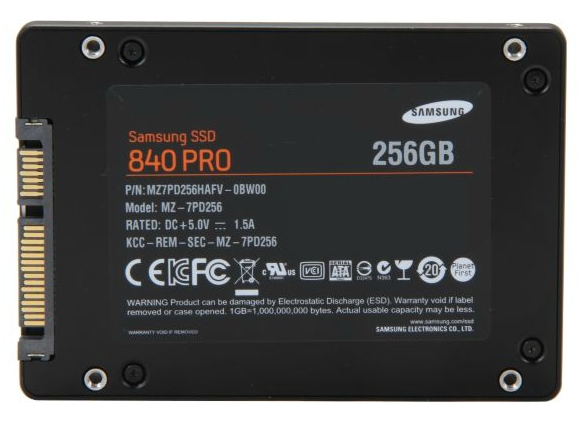Note: This article was originally written for another site back in December 2012. Although this page is oriented toward enterprise storage technology, I thought somebody might find it beneficial.
Over the past two years, my job has migrated from a wide-ranging network engineering and systems administration role into a much more focused storage engineering role. I've had the opportunity to work with some of the largest and fastest commercial storage devices on the planet and I'm constantly barraged by amazing new storage and archiving technologies. Some of the SSD-centric storage systems are hitting over 1 million IOPS, albeit with questionable benchmarking.
As you guys may have noticed, my home network tends to reflect my professional occupation, and it's time I started catching up on storage. Over time, I've become increasingly aware of how ridiculously dated the storage system is in my primary gaming/work/school/etc PC, affectionately called The Bobulator. Although SSDs have been commercially available at the consumer/prosumer level since 2007, I've been avoiding them like the plague for a variety of reasons. The initial models were ridiculously expensive, had incredibly low capacity (32GB was the largest size available), and had substantial issues with poor lifespans due to a lack of TRIM support. I could save up money for a good SSD if the performance warranted it, but I can't handle a lack of capacity and I absolutely refuse to jeopardize the safety of my data with an unreliable drive. Rule 1 of storage administration is never lose data!
As always happens with hardware, the situation has changed substantially over the past couple years. SSD prices have dropped by 66% over two years from roughly $3.00/GB to roughly $1.00/GB for high-quality drives. Some decent manufacturers are as low as $0.85/GB now. Capacity has also improved substantially. 64GB SSDs were the largest commonly available drives two years ago, and now quite a few 512GB SSDs are on the market (albeit still very pricy).
It took awhile to wade through the massive number of SSDs on the market to find the right one for the Bobulator. Whereas hard drives require very strict tolerances to manufacture (thus requiring very expensive factories to build them), SSDs are a lot more forgiving and can be built in factories that were designed for other solid state components such as motherboards, video cards, etc. As such, there are a veritable crapload of vendors hawking SSDs. You are limited to a handful of companies like Western Digital, Seagate, and Hitachi for a spinning disk, but there are easily 30+ vendors selling SSDs.
Here were my requirements for my first SSD for home use:
- At least 200GB capacity, with 256GB desired.
- High reliability ratings from consumers.
- Blazing fast throughput. At least 400MBps random reads and writes, 40,000+ IOPS.
I finally settled on this bad boy:

256GB is the sweet spot for me. This is only replacing my OS drive (C:). I keep all of my applications on a second volume (D:), mass storage on a third (E:), and a giant collection of Steam games on a fourth (F:). I am currently consuming ~100GB on my C: drive, much of which is in my user profile. Some day I'll move my user profile to another drive, but that is time consuming and I'm lazy.
The Samsung 840 Pro series claims up to 540MBps for sequential reads and 520MBps and up to 100,000 IOPS for random reads, which is ridiculously fast. Real world performance testing from several different reviewers showed an average of 515MBps for sequential reads and 475MBps for sequential writes, which is insanely fast for a consumer-grade SSD. Most of the other comparable SSDs in consumer price range offer about half that performance. Sadly, the SATA 6GB ports in my computer are attached to a crappy Marvell controller, so I'll likely only see about 2/3 of that. However, I'm planning on rebuilding the Bobulator in about 12 months and I'll move this SSD to the new rig, so it's wise to plan ahead.
Comments